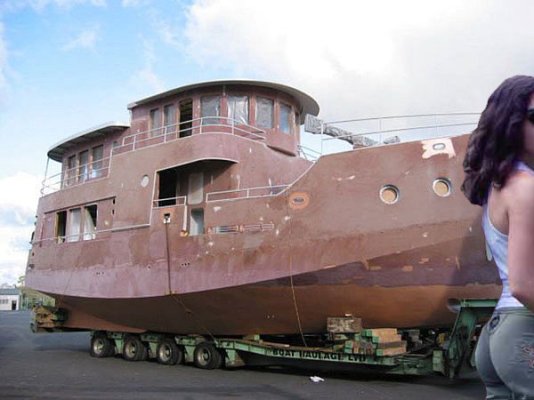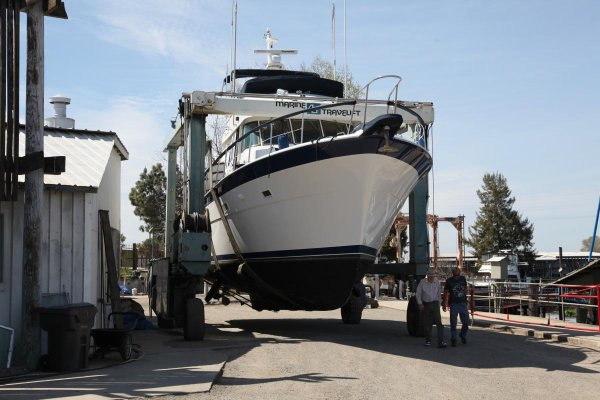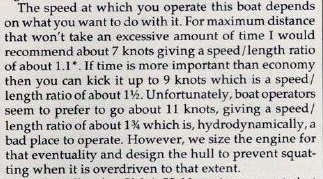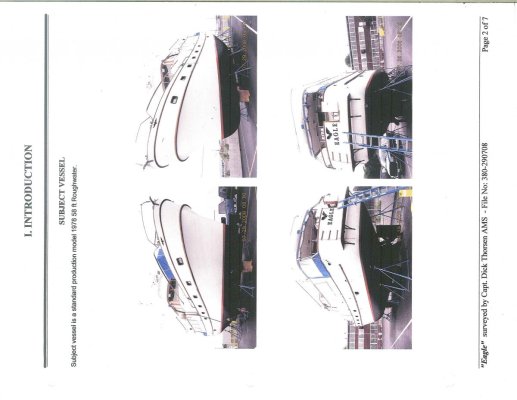ranger58sb
Guru
Nope, nope and nope. The LRCs have mostly, 4 or some 6 cylinder engines, usually 53 series Detroit. Even the largest, the 65 only had 6-71s in them.
I once had my boat in the yard with a 58LRC on the hard right near by. Definitely a different form factor with much softer chines, and a roundish bottom that flattened a bit aft.
Interesting info, thanks.
-Chris











